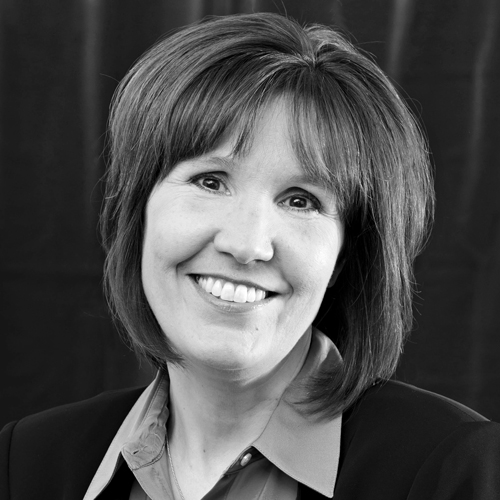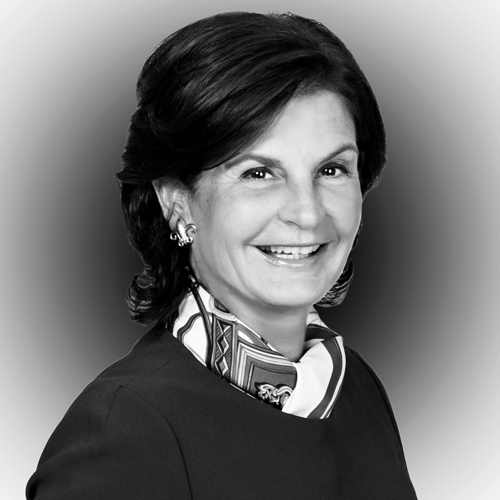One of the most iconic brand names in golf needed to take a mulligan in 2012. Callaway Golf, the American golf club, ball, and accessory company, had suffered significant financial losses between 2008 and 2011. The publicly traded company, founded in 1982, discovered new life in the form of Chip Brewer—the golf insider and esteemed executive credited with turning Adams Golf into a respected brand. Brewer stepped in as Callaway’s president and CEO, and pledged to get the company out of the rough and back onto the fairway.
Four years later, Callaway has emerged on the other side of Brewer’s turnaround. In 2014, despite bad weather and poor currency exchange rates, the company announced profits for the first time since 2008. The results came after Brewer refocused the company on its core business—introducing new innovative products and technologies—while also implementing numerous operational improvements and cost-cutting initiatives. Callaway maintained that success in 2015, closing last year with its highest US hard-goods market share since 2003, including number one in irons, number one in fairway woods, number one in hybrids, and number one in total clubs, while the company’s Odyssey brand maintained its perennial position as the number one putter in golf.
While Callaway owes much of its success to Brewer’s vision, sustained progress prevails thanks in large part to a dedicated team of executives who continue to embrace and implement Brewer’s plan now that the turnaround is complete. Robert Julian, senior vice president and chief financial officer, came to Callaway in May 2015 after a distinguished career with top industrial manufacturing companies. Now that Callaway is back atop the US golf industry, a new focus has emerged. “The new challenge is driving profitable growth,” Julian says. “We’re taking the momentum Chip created and going forward into our next phase.”
As the company pivots, Julian contributes to Callaway’s transformation by blurring the lines between finance and operations. He’s increased communication, broken down silos, and instructed his team to collaborate with the business side as much as possible. He also remains open to risk. “If you want to grow, you have to be willing to take some risks,” Julian says. “Some CFOs think our job is to eliminate risk, but I think our job is to thoughtfully manage risk. If you eliminate all risk, you’ll never take a chance and you’ll never grow.”
“I am expected to be an adviser, a sounding board, and someone our CEO relies on.”
Julian handles traditional CFO responsibilities such as accounting, SEC reporting, and treasury, but he’s also in charge of a newly created corporate development group that is focusing on M&A and joint ventures. For Julian, the group illustrates his growth mentality. “A healthy golf industry may only produce modest organic growth, so we have to consider new adjacencies that might make sense,” he explains. To illustrate this point, Callaway recently announced plans to form a new joint venture to further penetrate the Japanese golf-apparel market.
As CFO, Julian also aims to be a good business partner to Brewer. “I have to be well informed and well educated about every aspect of the business in order to keep up with Chip and add value,” he says. “I am expected to be an adviser, a sounding board, and someone our CEO relies on in developing strategy and executing the plan.”
Julian describes himself as an avid (“but not great”) golfer, and he often travels to gain insights from employees, customers, and investors. In his first year, he visited—some multiple times—Callaway’s Asian headquarters, its European headquarters, its golf ball manufacturing facility in Massachusetts, its distribution center in Texas, and its golf club assembly facility in Mexico, in addition to trade shows, investor meetings, and conferences.
He’s also introducing something new to Callaway’s financial operations—big data. Working at large multinationals like Honeywell and Cisco Systems convinced Julian of the value in analytics. Now he’s applying advanced tools from industrial manufacturing to the sales and marketing-driven world of golf. In recent months, sophisticated new tools and processes have created a cadence of discipline and accountability for budgets, forecasts, and metrics.
Julian leads the entire senior leadership team in monthly financial reviews and deeper quarterly forecast meetings in which they interpret the data and drive business decisions to impact the company’s results. The data, he says, might influence pricing decisions, product-launch timing, cost-cutting initiatives, credit decisions, investments, capital-spending decisions, and other aspects of the business.
Throughout his years of experience, Julian has become a student of leadership. In fact, he’s developed a set of principles that he uses to guide his team each and every day. The pillars of Julian’s leadership model include inspiring trust, creating a vision, communicating well, building a strong team, continuous improvement, and getting results. “A leader who inspires trust and follows these steps to get results will build high-performing teams,” he says.
Julian is selective in his hiring and looks for team members who want to make lasting connections with their colleagues to drive results and contribute to the bottom line. He also wants people willing to put in the extra time necessary to truly understand the business from the inside out. Julian promotes this idea after seeing its importance firsthand through his relationship with Callaway’s marketing executive, Harry Arnett. “Nobody does digital and social media like Harry. He’s so engaged that he’s created an internal production unit that develops tons of original content,” Julian says. “If I never got out of my office to understand what he is doing, I’d have no idea why he’s requesting capital for television cameras or sound-mixing equipment. Truly engaged employees make a difference when they understand and empower the creative vision of their peers.”
With year one under his belt, Julian is looking to continue learning the business and the industry as he moves forward with his strong finance team. This year, he is set to travel to Canada, China, and Korea to interact with employees, customers, and salespeople in the field. “I love working at this company and using the CFO role to make a real difference,” he says. “I’m having fun and never take a day for granted, and I hope we’re proving that the finance function can be impactful in the golf industry.”

